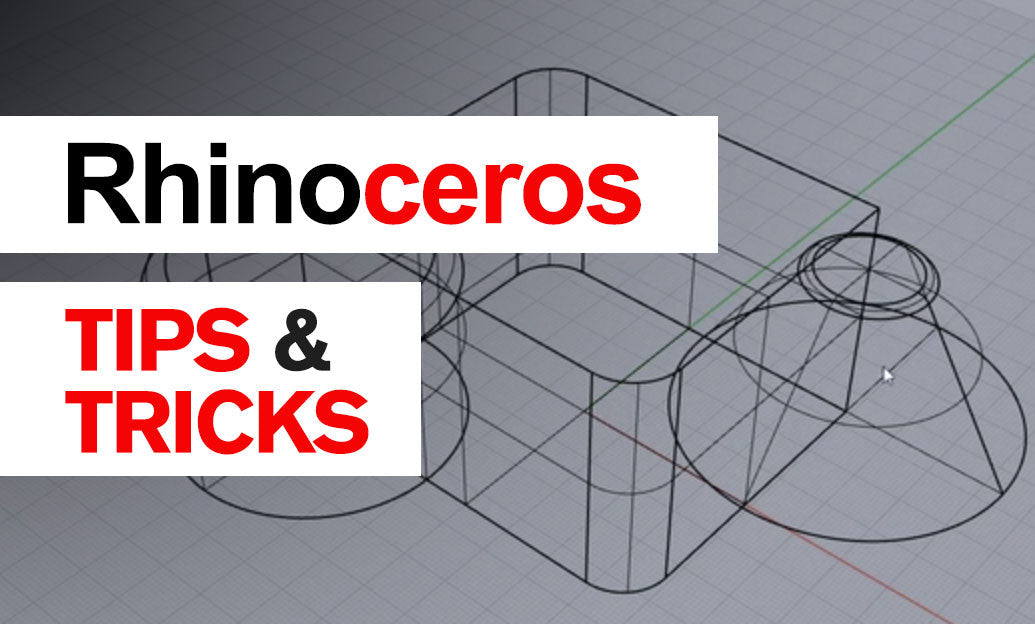Your Cart is Empty
Customer Testimonials
-
"Great customer service. The folks at Novedge were super helpful in navigating a somewhat complicated order including software upgrades and serial numbers in various stages of inactivity. They were friendly and helpful throughout the process.."
Ruben Ruckmark
"Quick & very helpful. We have been using Novedge for years and are very happy with their quick service when we need to make a purchase and excellent support resolving any issues."
Will Woodson
"Scott is the best. He reminds me about subscriptions dates, guides me in the correct direction for updates. He always responds promptly to me. He is literally the reason I continue to work with Novedge and will do so in the future."
Edward Mchugh
"Calvin Lok is “the man”. After my purchase of Sketchup 2021, he called me and provided step-by-step instructions to ease me through difficulties I was having with the setup of my new software."
Mike Borzage
V-Ray Tip: Maximizing Post-Processing with V-Ray Frame Buffer (VFB) Tools
August 22, 2024 2 min read

In today's tip, we'll delve into the powerful post-processing capabilities of the V-Ray Frame Buffer (VFB). Post-processing is a crucial step in achieving that final polished look for your renders, and VFB offers a suite of tools to help you perfect your images without leaving the V-Ray environment. Here’s how you can make the most out of it:
V-Ray Frame Buffer (VFB) Tools
VFB is not just for viewing your rendered images. It includes several features that can significantly enhance your workflow:
- Color Corrections: Adjust the brightness, contrast, hue, and saturation of your render directly within the VFB. These controls allow for fine-tuning to get the exact look you want.
- Exposure Controls: Alter the exposure settings to improve the overall lighting balance in your scene. This is particularly useful for fine-tuning highlights and shadows.
- White Balance: Correct the color temperature of your image to ensure it looks natural and consistent with the lighting setup you’ve used.
- Lens Effects: Add realistic glare and bloom effects to your lights, which can help to simulate how cameras capture highlights, adding a touch of realism to your renders.
- Render Elements: Utilize the different render elements and channels to composite and refine specific aspects of your render. This modular approach can be very powerful in achieving the desired final output.
Workflow Tips
To make the most of VFB’s capabilities, consider the following tips:
- Non-Destructive Workflow: Since VFB allows you to make adjustments without permanently altering your rendered image, you can experiment with different settings freely. This non-destructive approach encourages creativity and precision.
- Save and Load Settings: Save your post-processing settings as presets. This is particularly useful when working on a series of images that need to maintain a consistent look.
- Interactive Rendering: Use V-Ray’s interactive rendering mode in conjunction with VFB to see the changes in real-time as you adjust your post-processing settings. This immediate feedback loop can greatly enhance your efficiency.
- Utilize LUTs: VFB supports the use of Look-Up Tables (LUTs), which can be used to apply complex color grading to your images. This is a great way to achieve a cinematic or stylistic look.
Why Use VFB?
Integrating post-processing directly into your rendering workflow has several advantages:
- Efficiency: Perform all your adjustments within a single interface without the need to switch between different tools or software.
- Consistency: Maintain color accuracy and consistency across your project by using the same post-processing settings directly within the VFB.
- Quality: Fine-tune your images to achieve a professional finish that stands out.
By leveraging the full potential of the V-Ray Frame Buffer, you can significantly enhance the quality of your renders and streamline your workflow. For more tips and professional guidance on V-Ray, visit NOVEDGE.
You can find all the V-Ray products on the NOVEDGE web site at this page.
Also in Design News

Rhino 3D Tip: Understanding Surface and Solid Modeling in Rhino for Enhanced Workflow Efficiency
August 30, 2025 3 min read
Read More
Unlocking Advanced Animation Techniques: Five Studio-Proven Tricks to Elevate Your 3ds Max Workflow
August 30, 2025 6 min read
Read MoreSubscribe
Sign up to get the latest on sales, new releases and more …



